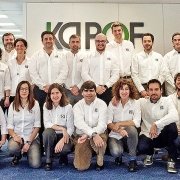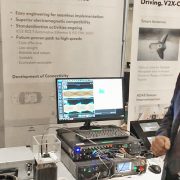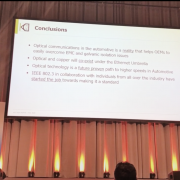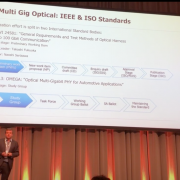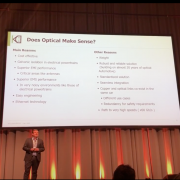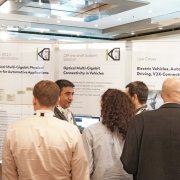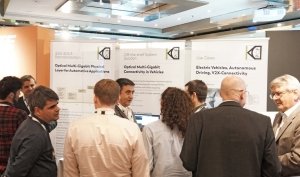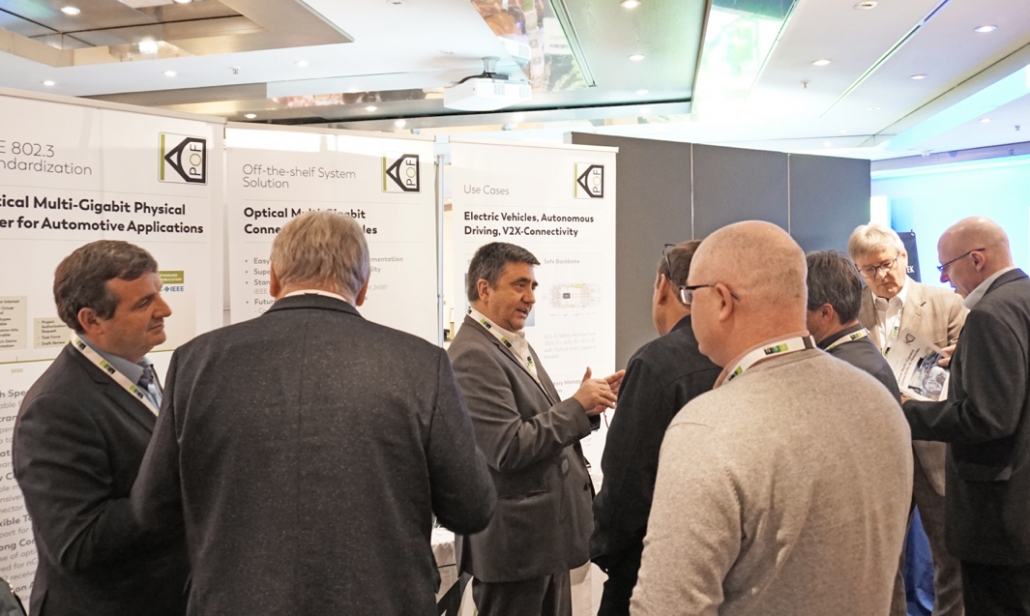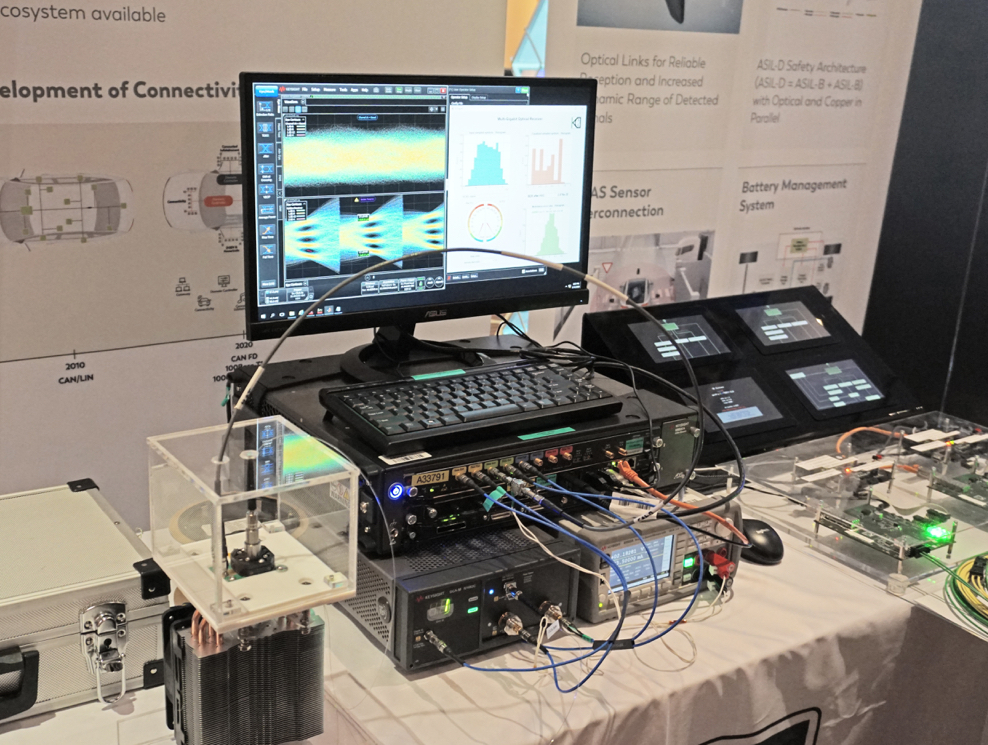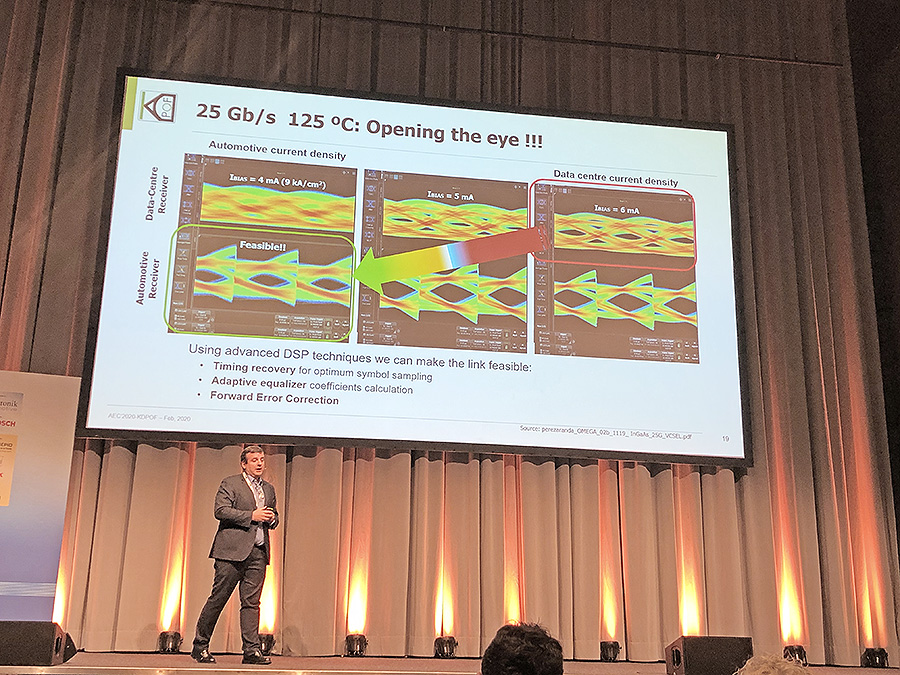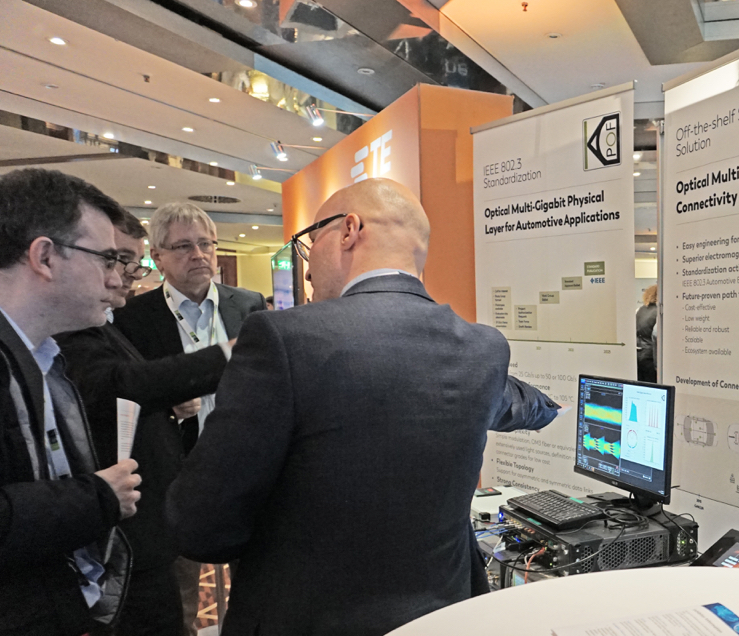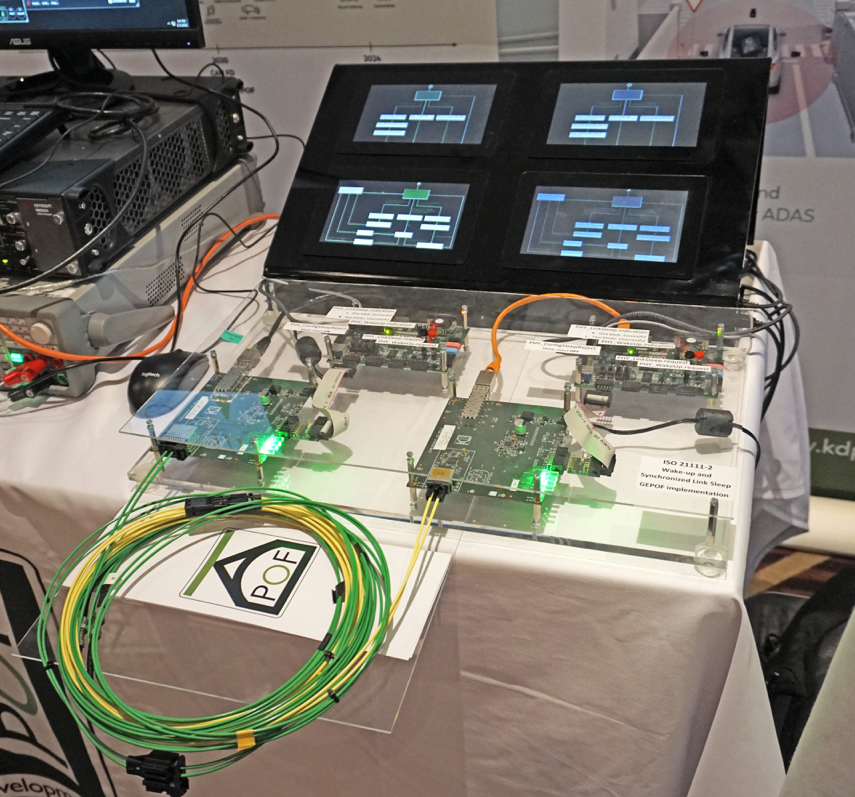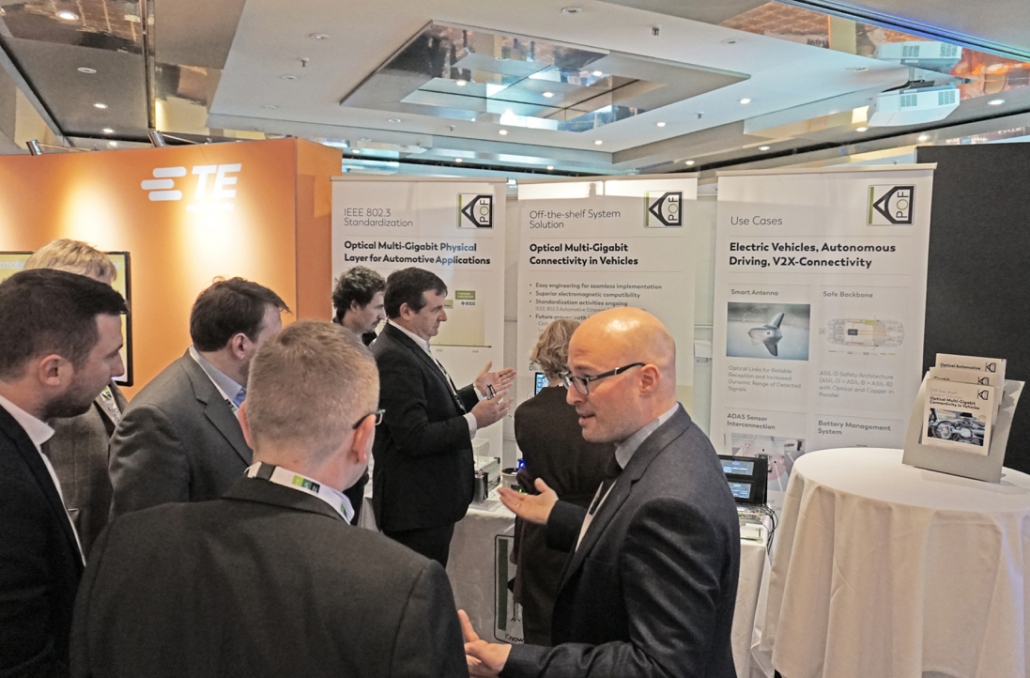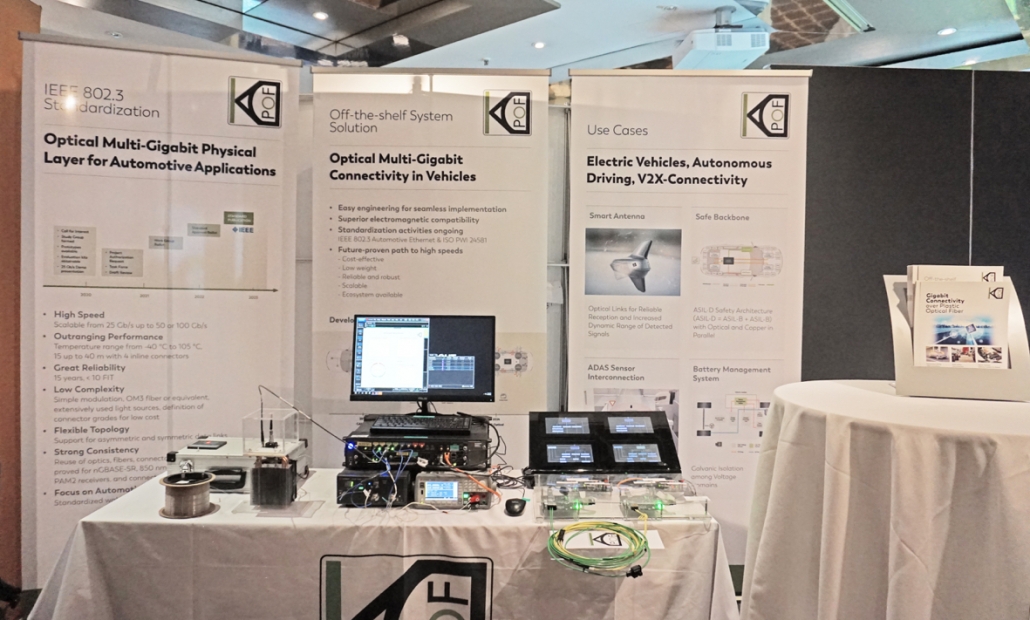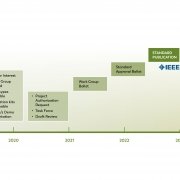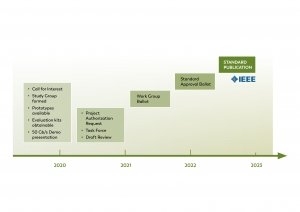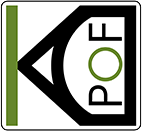Granite River Labs (GRL), a global leader in engineering services and test solutions for connectivity and charging, and KDPOF announced that a specification for 1 Gb/s optical connectivity in vehicles has been adopted by the International Organization for Standardization (ISO).

Vamshi Kandalla is Executive Vice President and General Manager of Granite River Labs
“GRL is proud to support ISO-standardized Gigabit Ethernet POF (GEPOF) test services and automated test solutions,” said Vamshi Kandalla, Executive Vice President and General Manager of Granite River Labs. “Extending our automotive ethernet testing profile further supports automotive hardware developers, including ECU vendors, to confidently deploy robust, interoperable products and technologies.”
“With ISO standardization of GEPOF, we and GRL jointly provide the network technology to enable new and emerging connected car technologies,” added Carlos Pardo, CEO and Co-Founder of KDPOF. “Carmakers and Tier1 suppliers benefit from integrated, compatible, and interoperable implementation based on our KD1053 IC and GRL’s competencies to perform conformance tests.”
ISO 21111 Enables Standardized Design and Testing of Optical Gigabit Networks
ISO published two new standards for in-vehicle Ethernet series 21111, forming the basis for reliable implementations of systems that realize in-vehicle 1 Gb/s Optical Ethernet as a physical layer. ISO 21111-3:2020 specifies additional features to IEEE 802.3bvTM, such as wake-up and synchronized link sleep algorithms. ISO 21111-5:2020 specifies requirements at the system level and a complete conformance and interoperability test plan for electronic control unit (ECU) providers that implement an optical 1 Gb/s physical layer as specified in ISO 21111-3.
About Granite River Labs
The world’s leading Engineering Services and Test Automation Solutions firm for connectivity and charging, GRL helps engineers solve tough design and validation challenges. GRL began in 2010 with a vision to provide affordable test services to help hardware developers implement digital interface technologies as they become faster, more complex, and more challenging to test. Today, GRL has worked with hundreds of companies supporting the adoption of new and emerging technologies from their worldwide test facilities and R&D centers. For more information, please see www.graniteriverlabs.com.
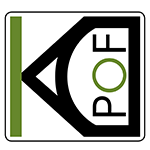
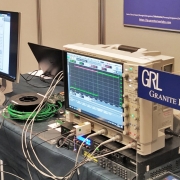 KDPOF
KDPOF
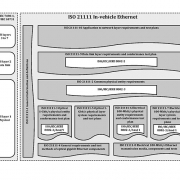 ISO
ISO